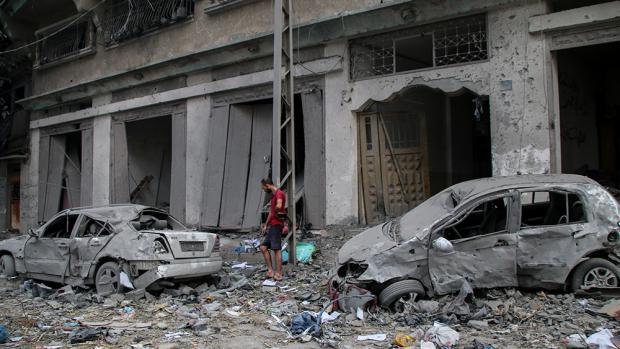
Breaking News
 WOW Canada Is UPPING ITS KILLING EFFORTS By Building SECRET DEATH DENS...
WOW Canada Is UPPING ITS KILLING EFFORTS By Building SECRET DEATH DENS...
 "This Is What They Don't Want You To Know" | Whitney Webb
"This Is What They Don't Want You To Know" | Whitney Webb
 Refueling a NUCLEAR REACTOR - Smarter Every Day 311
Refueling a NUCLEAR REACTOR - Smarter Every Day 311
 My Exclusive Interview With Benjamin Netanyahu! (You didn't see this coming)
My Exclusive Interview With Benjamin Netanyahu! (You didn't see this coming)
Top Tech News
 Japan just injected artificial blood into a human. No blood type needed. No refrigeration.
Japan just injected artificial blood into a human. No blood type needed. No refrigeration.
 The 6 Best LLM Tools To Run Models Locally
The 6 Best LLM Tools To Run Models Locally
 Testing My First Sodium-Ion Solar Battery
Testing My First Sodium-Ion Solar Battery
 A man once paralyzed from the waist down now stands on his own, not with machines or wires,...
A man once paralyzed from the waist down now stands on his own, not with machines or wires,...
 Review: Thumb-sized thermal camera turns your phone into a smart tool
Review: Thumb-sized thermal camera turns your phone into a smart tool
 Army To Bring Nuclear Microreactors To Its Bases By 2028
Army To Bring Nuclear Microreactors To Its Bases By 2028
 Nissan Says It's On Track For Solid-State Batteries That Double EV Range By 2028
Nissan Says It's On Track For Solid-State Batteries That Double EV Range By 2028
 Carbon based computers that run on iron
Carbon based computers that run on iron
 Russia flies strategic cruise missile propelled by a nuclear engine
Russia flies strategic cruise missile propelled by a nuclear engine
 100% Free AC & Heat from SOLAR! Airspool Mini Split AC from Santan Solar | Unboxing & Install
100% Free AC & Heat from SOLAR! Airspool Mini Split AC from Santan Solar | Unboxing & Install
Gaza's $70 billion reconstruction could take decades after 84% destruction

According to United Nations experts, the level of destruction across Gaza is now at 84 percent, with that figure rising to a near-total 92 percent in Gaza City. The international community now faces the monumental task of clearing over 60 million tonnes of dangerous rubble and reconstructing housing, water systems, electricity, schools, and hospitals from the ground up.
The rubble of war
The first and most dangerous step is clearing the colossal amount of debris. Assessments suggest there are more than 60 million tonnes of rubble waiting to be cleared. This debris is not merely concrete and twisted metal; it also contains human remains and unexploded bombs, posing grave threats to anyone nearby. The United Nations Development Programme has already begun this painstaking work, removing about 81,000 tonnes, which equates to roughly 3,100 truckloads. This initial effort is primarily to provide access for humanitarian actors delivering aid.
Experts warn that the process of making sites safe is complex. "From a safety and humane perspective, the first thing you have to do is make the sites that have been bombed-out safe," says former JCB executive Philip Bouverat. This involves sorting, separating, and crushing the debris, a logistical nightmare in a territory where basic infrastructure has been erased. The sheer volume of material is so vast that one report compared it to 13 times the mass of the pyramids of Giza.
A decimated infrastructure
The damage to essential services is catastrophic. Rebuilding the very foundations of a functional society will be a long-term endeavor. The housing situation is particularly dire. The UN estimates that 282,904 houses and apartments have been damaged or destroyed, a figure that is likely an underestimate. Rebuilding Gaza's housing "could take decades," according to Shelly Culbertson of the RAND Corporation.
Critical water and sanitation systems have been obliterated. More than 70 percent of the territory's water and sanitation facilities have been damaged or destroyed. All six of Gaza's wastewater treatment plants are reported to be damaged, creating a severe risk of sewage-borne disease. The power grid is also in a state of near-total collapse, with more than 80 percent of generation and distribution assets destroyed or non-operational.
The social fabric has been torn apart. Around half of Gaza's pre-war population was under 18, yet the UN agency for Palestine refugees reports that 91.8 percent of all school buildings will require full reconstruction or major rehabilitation. Higher education institutions have not been spared, with several universities demolished by Israeli troops during the conflict.



